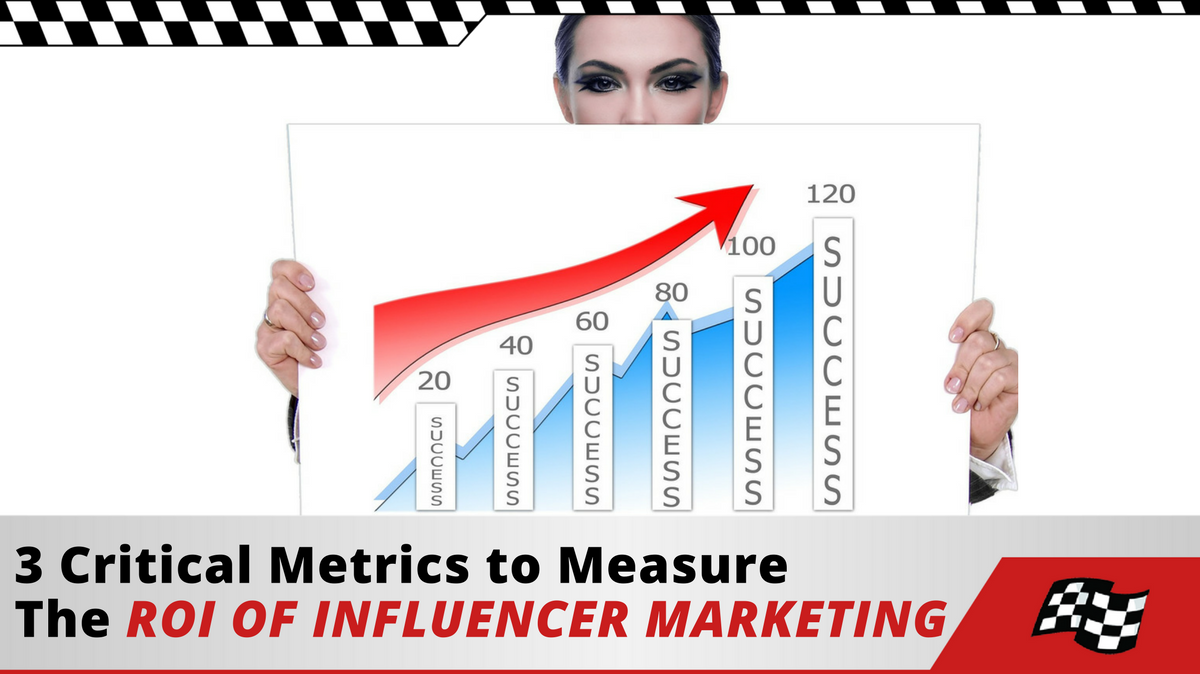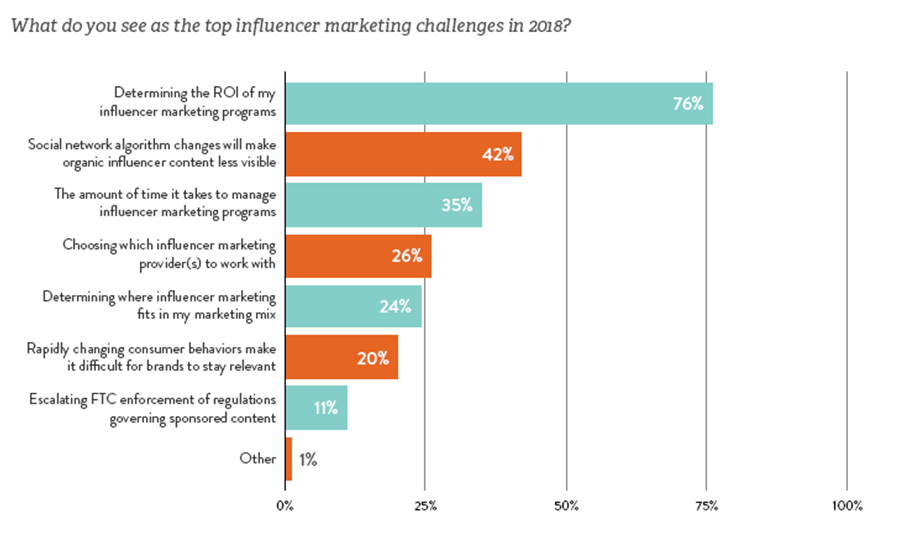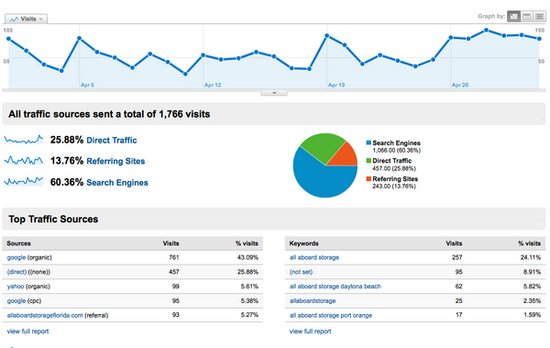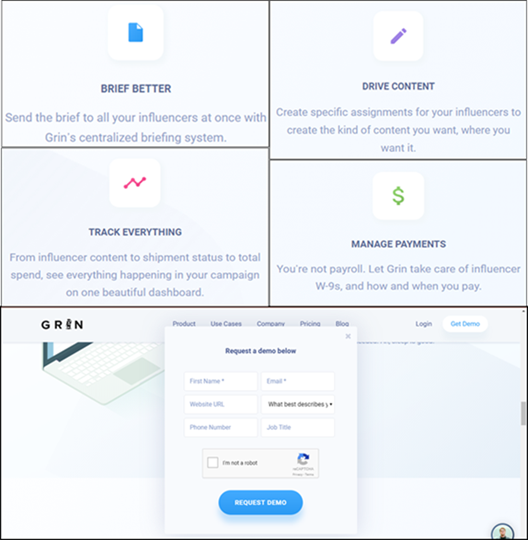
Influencer marketing is one of the most widely used forms of marketing for many brands and companies today. It is a very effective form of marketing that generates a better ROI than traditional marketing.
In 2017, 63% of marketers said they would increase their budget allocation towards influencer marketing, according to Bloglovin’. Given that this form of marketing is so effective, it’s important to keep a track of its ROI.
However, for many marketers, measuring success from influencer marketing is easier said than done. Linqia found that measuring the ROI of influencer marketing is the biggest challenge for 76% of marketers.

It can be done though. Here are three of the most important metrics that can tell you how well your influencer marketing campaign is working.
1. Campaign Reach
The wider the reach your influencers have, the more their content is visible to audiences. By measuring your campaign reach, you can assess how many people are likely to be influenced by your message.
The following key performance indicators (KPIs) can help you measure the reach of your influencer marketing campaign:
Increase in Your Follower Count
Your influencer will have a wide reach if they have a large number of followers. Of course, your campaign will be effective only if these followers are in your target audience.
By sharing the content created by your influencers, you can drive more people to your social media accounts. And because influencers are capable of creating compelling content, you can motivate such people to follow you on social media.
At the end of your campaign, measure the increase in your total social media followers. This can be a measure of your campaign’s effectiveness.
Increase in Website Traffic
Many brands aim to boost their traffic to a specific website or landing page with an influencer marketing campaign. Such pages may promote a product or service of the brand.
When influencers share these links on social media, they can drive traffic to these pages. By doing so, influencers also increase your brand awareness among their followers.
Google Analytics is a fantastic tool to help you track your website traffic, and where it comes from.
In Google Analytics, you can track three main traffic sources:
- Direct – People who visit your website by using your URL
- Search – People who visit your website by searching for something in Google search
- Referral visitors – People who visit your website after being referred from some other place

With the help of Google Analytics, you can measure the amount of traffic directed to your website by influencers. You can use this as a key metric to measure the effectiveness of your campaign.
2. Measure Total Engagement
Engagement is a key metric because it directly correlates with brand loyalty and customer trust. The more credible an influencer is, the more engagement they are likely to get. This is because their followers believe in their opinions and recommendations.So if the branded content they share gets high engagement, you can be sure that you’re winning the trust of their followers, too.
By tracking the following types of engagement, you can quantify your campaign engagement:
- Comments – Comments are a great measure of engagement. It means that people were so interested in the content that they felt compelled to discuss it rather than just hitting the like or share button.
- Reactions – Likes indicate your content is popular. Apart from likes, Facebook now allows users to react to posts indicating other sentiments, too. Hopefully for your content, those sentiments are positive.
- Shares – If your content gets a high number of shares, it likely means that it’s high quality and reaching a relevant audience. If users are sharing your content, they may also recommend your products to people they know.
- Clicks – Measure the clicks to your links to gauge the interest level of your target audience.
While tracking engagements, you can also track cost per engagement (CPE). With the help of the CPE metric, you can get an idea of how customers are responding to your brand.
It is easy and simple to calculate CPE. Just divide your total investment by the total engagement generated from your influencer marketing campaign. Or you can use an online calculator.
3. Measure Conversions
A sale is not the only type of conversion you want to track. Responses to calls-to-action for offers, subscriptions, etc., also count.
Calculating conversions is a more direct approach to measuring the ROI from campaigns. Conversions from your influencer marketing campaign must be related to your campaign goals identified at the beginning of your campaign.
Let’s say one of your goals for your influencer marketing campaign is to achieve an additional $5,000 in sales. Or maybe you want to get 500 newsletter subscribers. Both of these metrics could count as conversions in your campaign.
Measuring ROI Is Critical
Influencer marketing can certainly boost your visibility and brand awareness. However, it is crucial to measure your ROI from such campaigns. This will help you analyze how effective the campaign was and what improvements you need to make in future.
Platforms like Grin can help. Not only do they help you identify and collaborate with top social influencers, but also include management and tracking options.

There are many other ways in which you can calculate the ROI of your influencer marketing campaigns. Your selection of the right measurement tool depends on the objectives and goals of your campaign. Bigger brands generally focus more on branding, while smaller companies focus more on generating sales. The important thing is that you do measure your ROI.
Do you know of any other metrics to measure the success of influencer marketing campaigns? Let us know in the comments section below.
